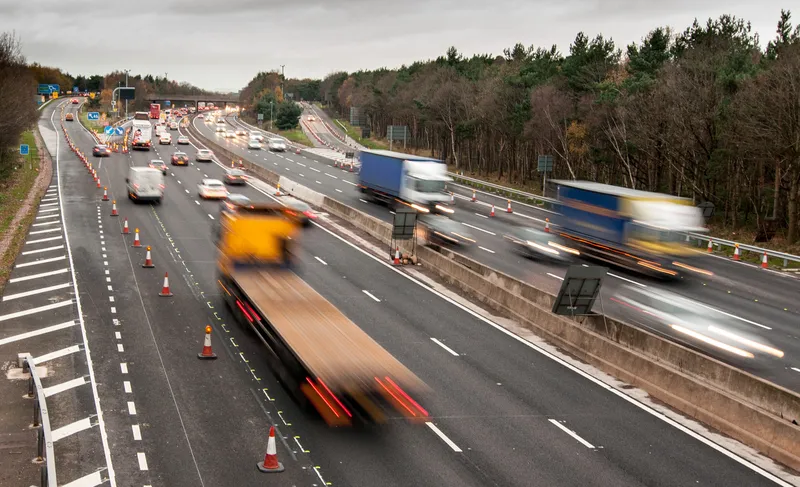You can’t miss
The system creates additional work zone space for construction crews during off-peak traffic, which accelerates the construction process by combining or eliminating construction stages. The Road Zipper also provides more lanes to traffic during the peak hours to mitigate congestion.
“Combined with advanced vehicle detection, software enabled variable message signs and automated lane closure systems to redirect traffic, the system can be implemented in real time to make available additional safe lanes as traffic volume increases or decreases approaching the work zone,” says Paul Grant (pictured).
The Road Zipper, made by
There is also a huge time saving in terms of construction. Lindsay says that by combining or eliminating stages due to the larger work space, contractors can save months or even entire construction seasons. Moreover, the system creates efficiencies because dedicated haul lanes create safer, more efficient deliveries and material staging. More work zone space allows contractors to use larger, more efficient equipment, resulting in better quality repairs that last years longer.
Lindsay is staging live demonstrations of the Road Zipper outside the exhibition hall in the main demo area. Visit the company’s stand for schedules and details.
Lindsay focuses on safety with Road Zipper barrier
You can’t miss Lindsay Transportation Solutions’ here at the ITS World Congress: the company’s Road Zipper System creates a flexible, positive traffic barrier between opposing lanes of traffic or between motorists and construction work zones while managing congestion.
October 6, 2015
Read time: 2 mins










